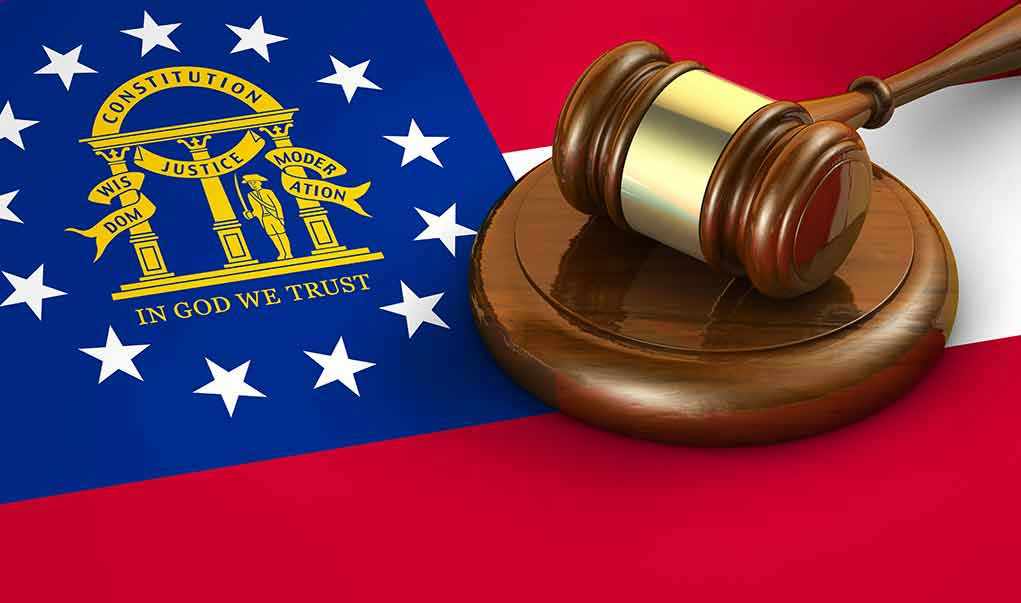
The Fifth Circuit’s recent ruling against the NLRB challenges a cornerstone of constitutional law, potentially reshaping presidential power over independent agencies.
Story Snapshot
- The Fifth Circuit declared NLRB removal protections unconstitutional, impacting executive control.
- The ruling challenges the nearly century-old precedent set by *Humphrey’s Executor v. United States*.
- The decision could have far-reaching effects on other independent regulatory bodies and their independence.
- The NLRB is currently non-operational due to a lack of quorum resulting from removals.
Significance of the Fifth Circuit Ruling
The U.S. Court of Appeals for the Fifth Circuit ruled on August 19, 2025, that statutory limitations on removing NLRB Board members and administrative law judges are unconstitutional. This ruling dismantles the protections that have historically shielded these officials from at-will removal by the President, citing a violation of the separation of powers under Article II of the Constitution. The court’s decision marks a pivotal shift, challenging the precedent established by the 1935 Supreme Court case *Humphrey’s Executor*, which had long supported the independence of federal agencies from executive overreach.
The ruling has immediate and profound implications. By unsettling the balance of power, it enhances the President’s authority, potentially setting a precedent that could extend to other independent agencies. The decision particularly impacts the NLRB, an agency crucial for enforcing labor laws, which is now unable to function due to a lack of quorum, following the removal of board members.
Background and Historical Context
The NLRB was created in 1935 to enforce labor laws and protect workers’ rights, traditionally maintaining independence through removal protections. These protections were rooted in the *Humphrey’s Executor* case, which restricted the President’s ability to remove officials from independent agencies without cause. However, recent court decisions, such as *Seila Law v. CFPB* (2020) and *Collins v. Yellen* (2021), have progressively narrowed these protections, questioning the extent of executive power. The Fifth Circuit’s decision is the latest development in this ongoing legal and constitutional debate.
The Trump administration’s decision to remove NLRB Chair Gwynne Wilcox in early 2025 catalyzed the current legal battles. The D.C. Circuit’s subsequent ruling that the President likely had the authority to remove NLRB members without cause further highlighted the growing tension between executive power and agency independence.
Implications for Agency Independence
The decision poses significant short-term and long-term implications. In the short term, the NLRB’s inability to operate due to the lack of a quorum halts the enforcement of labor laws, affecting workers and unions who rely on these protections. For employers, this non-operational status could mean less regulatory oversight, at least temporarily.
In the long term, the ruling could fundamentally alter the structure and independence of other regulatory bodies, such as the FTC or SEC, which may face similar challenges to their removal protections. The increased executive control over administrative adjudication could undermine the perceived impartiality and independence of the administrative law system, potentially politicizing agency functions.
Expert Opinions and Future Prospects
Legal experts and scholars view the Fifth Circuit’s decision as a significant departure from established precedent, potentially eroding agency independence. Labor advocates express concerns about weakened worker protections and regulatory paralysis, while some business groups and executive branch supporters welcome the ruling as a restoration of constitutional balance.
Academic commentary highlights the narrowing of the *Humphrey’s Executor* doctrine and the expansion of presidential removal power as a major constitutional development. However, the Supreme Court has yet to issue a final merits ruling, leaving the ultimate legal status of these removal protections in question. The NLRB’s own withdrawal of its defense indicates an institutional acceptance of the likely outcome, but the broader implications for federal agencies remain uncertain.
Sources:
Economic Policy Institute on NLRB Developments
Management Memo on NLRB Quorum Issues
Labor Employment Law Blog on Supreme Court Decision
Reason on Fifth Circuit Ruling












